As a plant lover, you’ve probably heard of a famous NASA study about healthy houseplants that was conducted back in 1989. This Clean Air Study was basically aimed at investigating how to clean the air inside a space capsule. But the side result was knowledge about how plants clean the air and which plants are best at that. And clean air has the world’s special attention, finally… So, which plants help best here? Below you’ll find the top 10 healthiest house plants that every florist should have in his or her shop, that every living room and every office should have for a better indoor environment and better health.
The Top 10 Healthy Houseplants
There have been many top lists based on the NASA Clean Air Study. The list is based on the overall air cleaning characteristics, which are cleaning the air from six toxics: benzene, formaldehyde, trichloroethylene, xylene, toluene, and ammonia. The top 4 plants clean the air of all six toxics, others less, but still very effective against most air spoilers.
Plants Give Us Oxygen
Studies have shown that plants release oxygen and moisture to their environment through photosynthesis (converting sunlight into energy) and cell respiration. Increased humidity leads to improved respiration in humans. The NASA Clean Air Study conducted at the end of the last century also shows that plants are effective in purifying the air of toxic substances. By absorbing and breaking down harmful substances, plants create a healthier indoor climate. The study suggested that efficient air cleaning is accomplished with at least one plant per 100 square feet (9.3 m2) of space, but was conducted under sealed space station conditions and research conducted since has shown mixed results in the home or office.
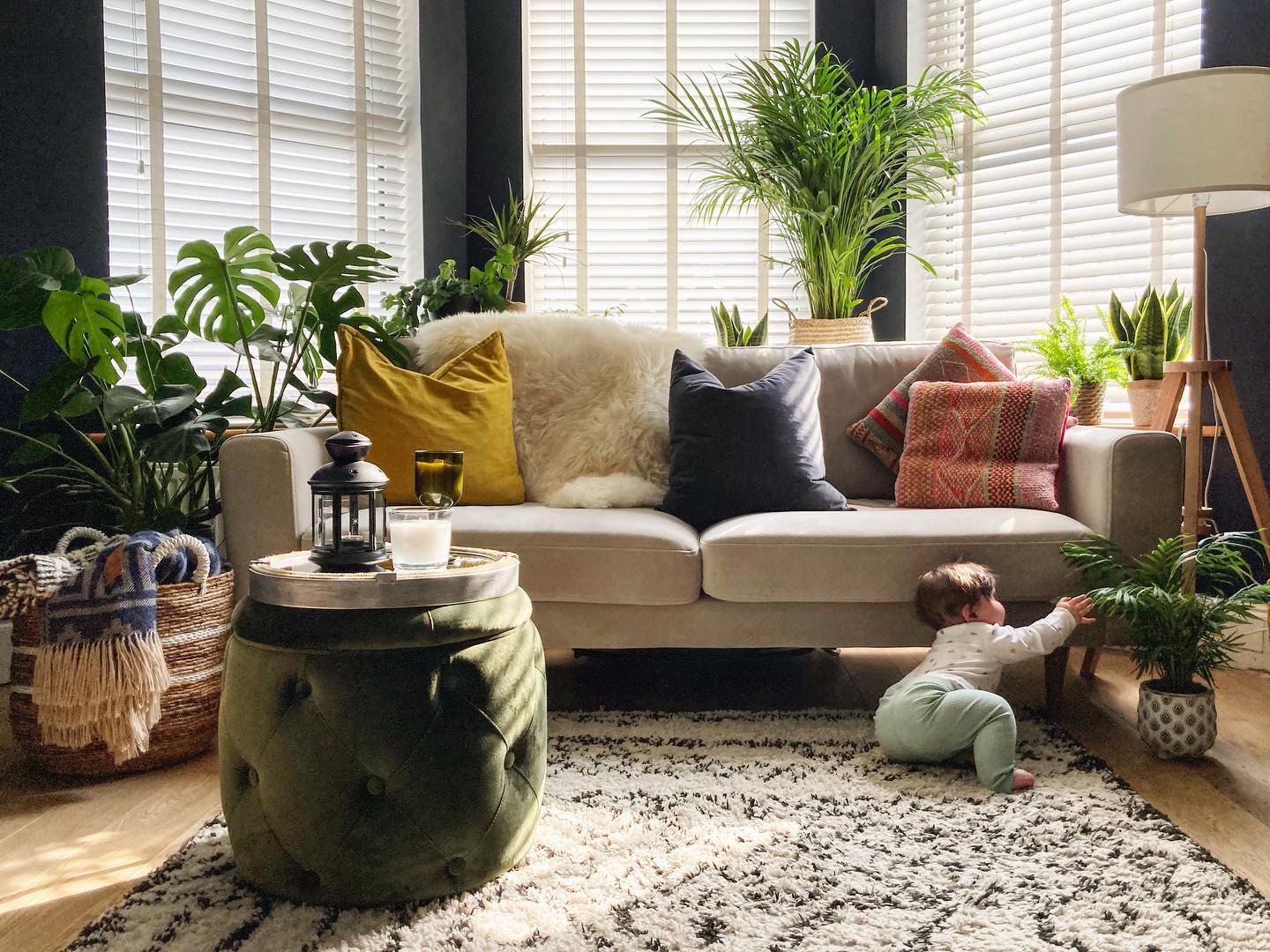
1. Chrysanthemum morifolium, a.k.a. Florist’s chrysanthemum
The first healthy houseplant is a very common one; Chrysanthemums, or “mums”. They come in a variety of beautiful colors. Plants that are also bloomers will keep a room lively. Chrysanthemum morifolium is one of the most popular plants available for providing long-lasting flowers to enjoy indoors or on porches and patios.

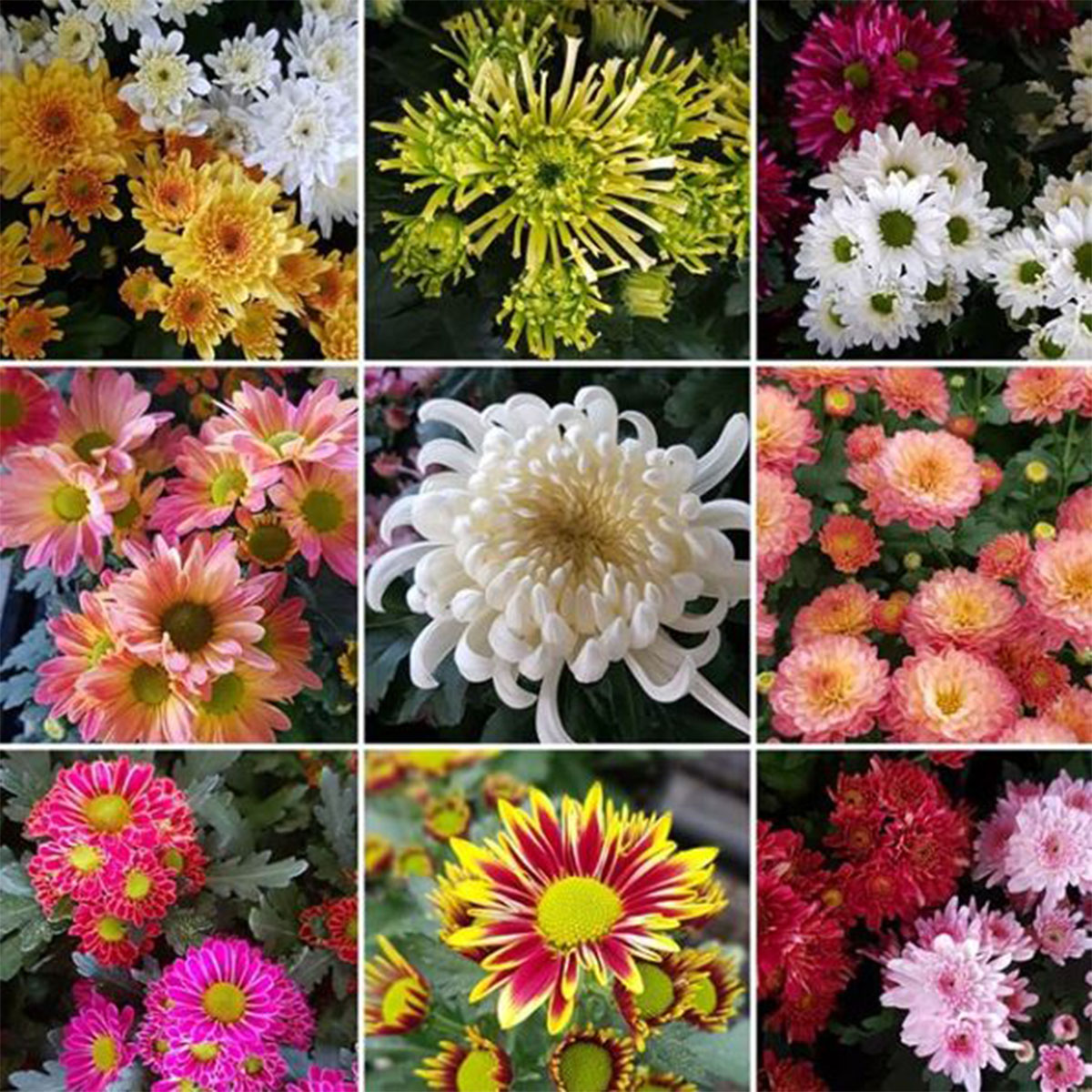
2. Spathiphyllum, a.k.a. peace lily
Peace lilies are one of the most popular varieties of houseplants. They’re easy to maintain, and they can make a lovely addition to your home. By properly caring for your peace lilies, you’ll have beautiful houseplants for years to come. This one fits also really well in the shade, see also this article: “The Best Houseplants of 2022 for in the Shade or a Dark Room”.
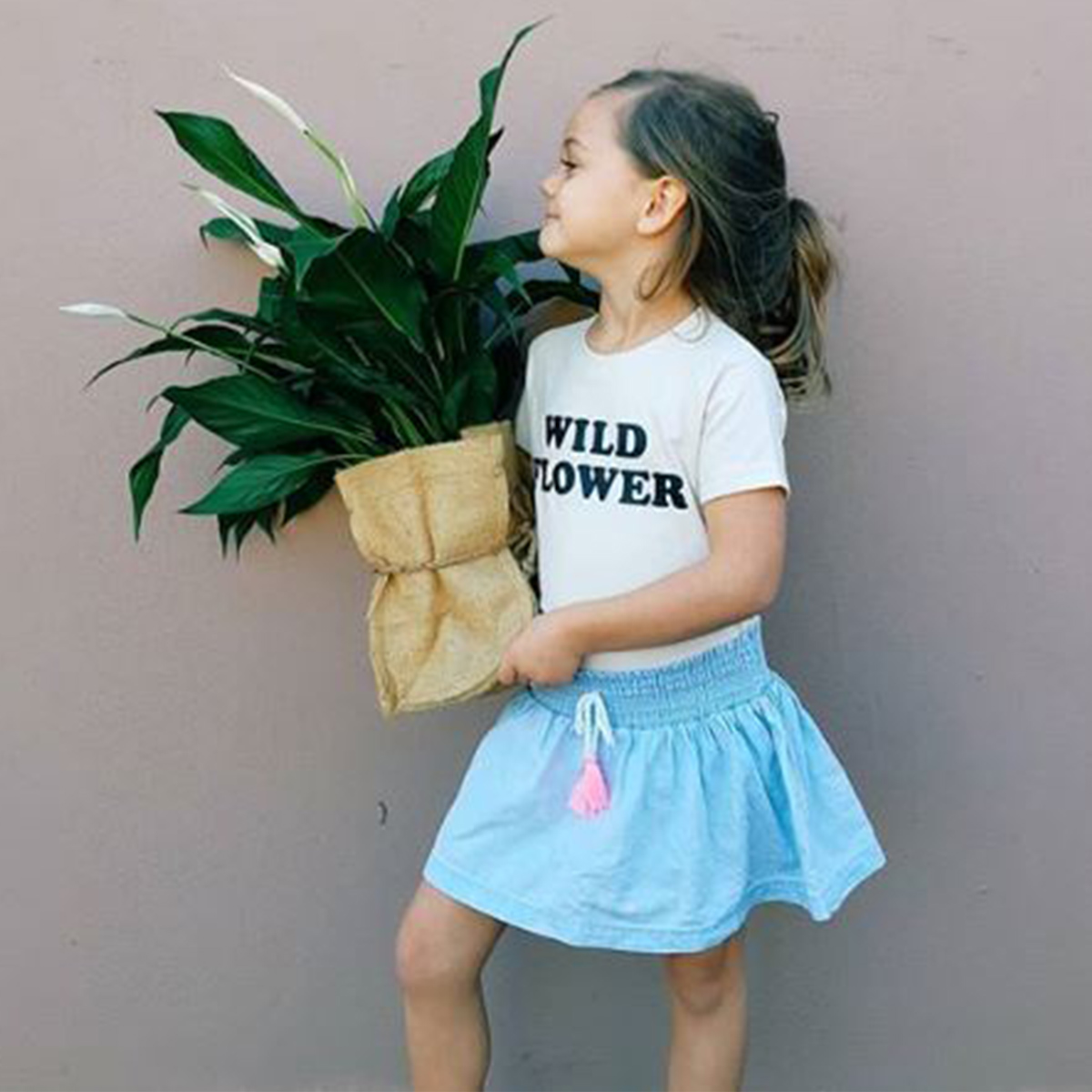
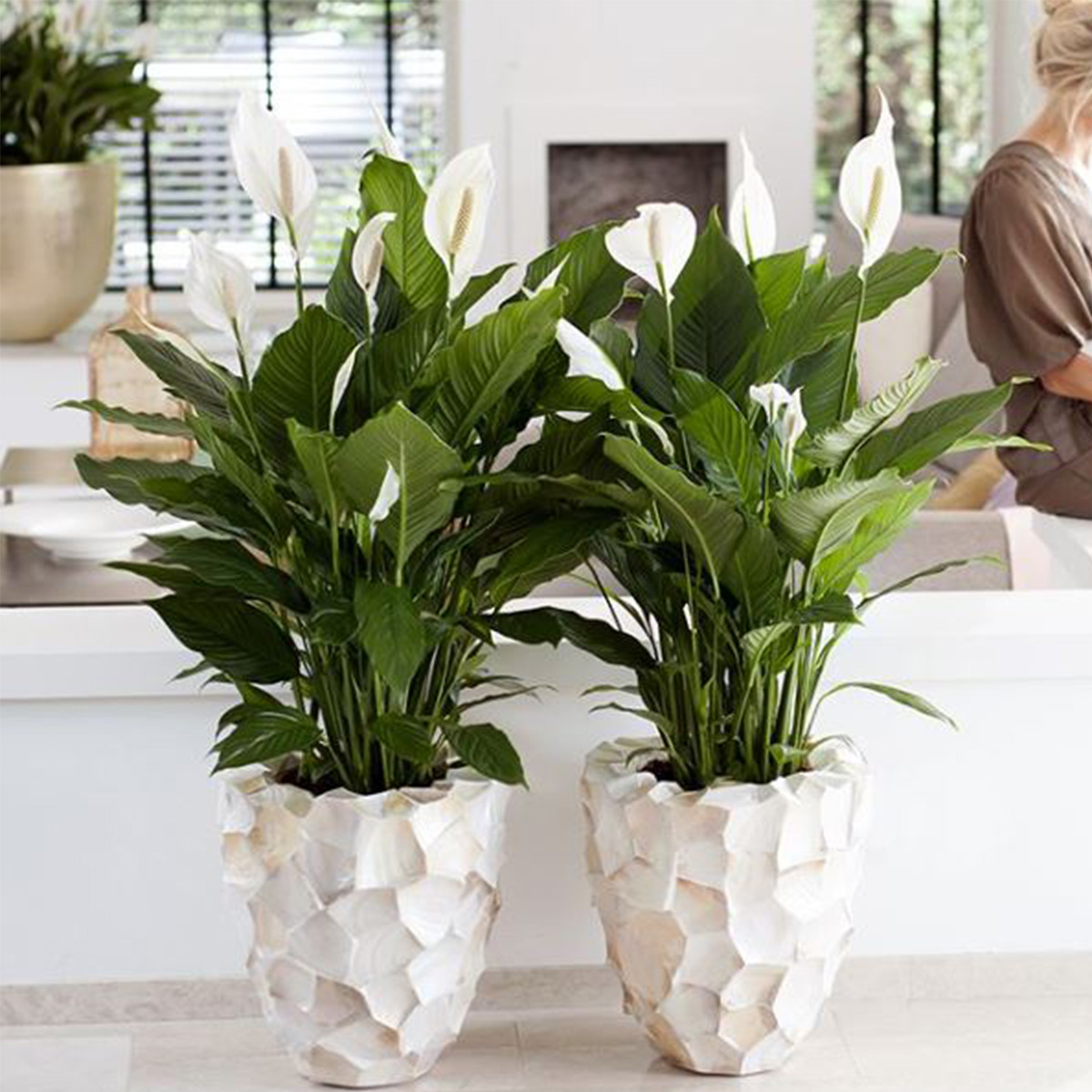
3. Rhapis Excelsa, a.k.a. lady palm
The lady palm (Rhapis excelsa) is #3 in the list of the top 10 healthy houseplants. It’s a small fan palm that can do exceedingly well indoors under the right conditions. It grows from multiple stems, each topped with upright fronds. The fronds are split into fan-like segments, as might be used by ladies in olden times. The lady palm sometimes called the bamboo palm or miniature fan palm is the best suited of all the fan palms to indoor cultivation. Most of the others, such as the imposing Washingtonia or the European fan palm, quickly grow too large for the average room.
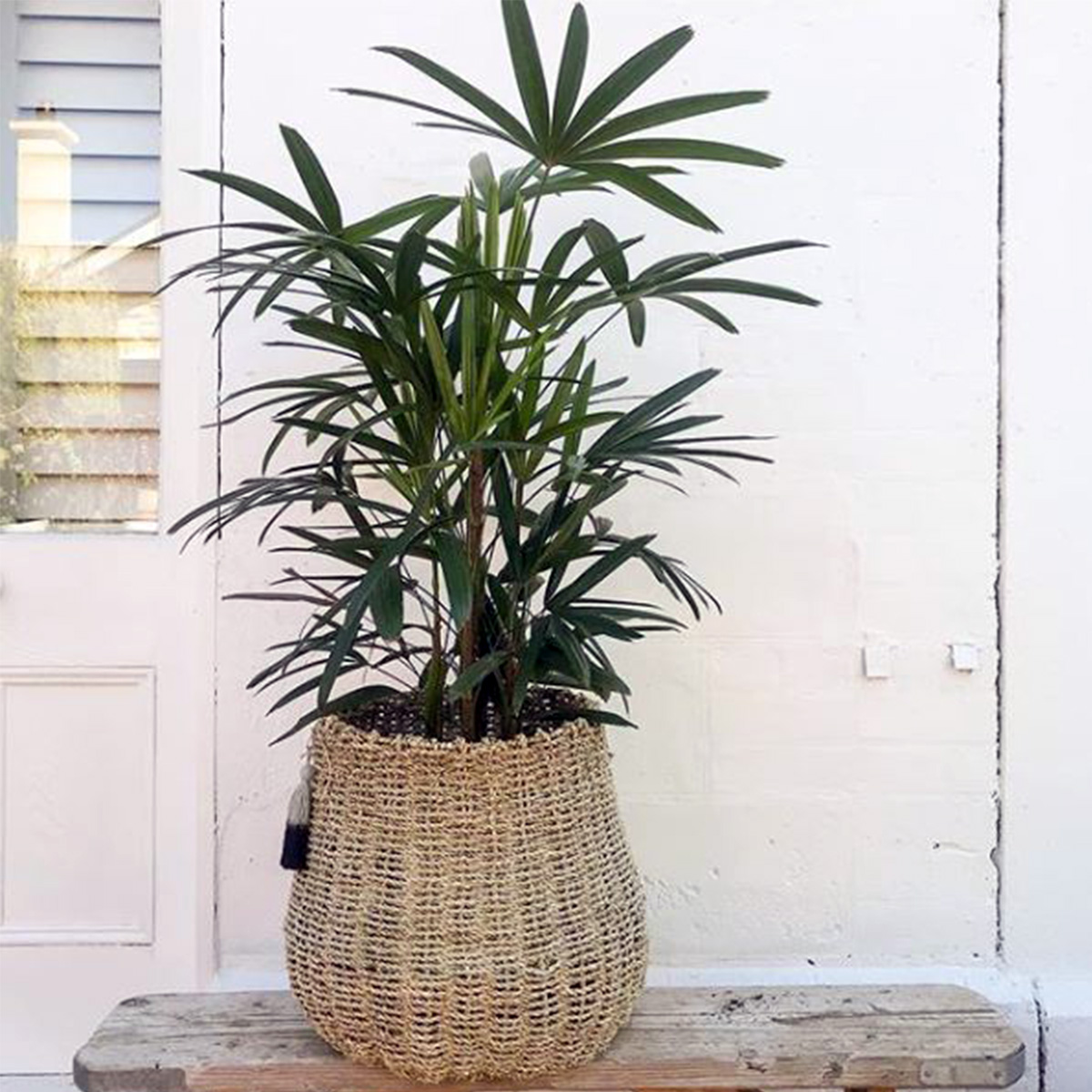
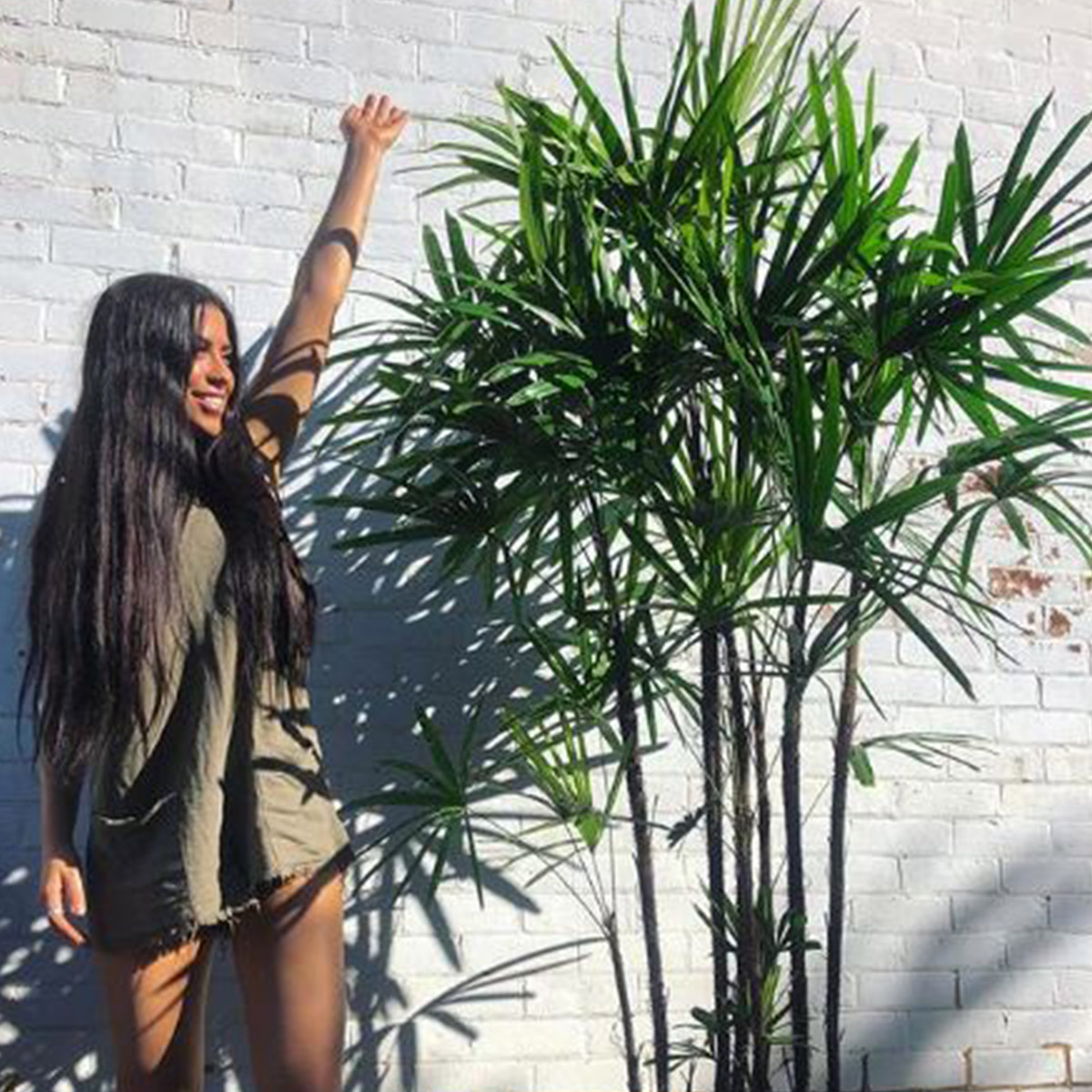
4. Chamaedorea Elegans, a.k.a. Parlour palm
The Chamaedorea Elegans – or Parlour palm – is a member of the Arecaceae family hailing from forested regions of Central America – Honduras, Guatemala, and Mexico. Keep in mind that this plant naturally grows as an understory plant in forests. It has a good shade tolerance and is happy with filtered light or dappled sunlight.
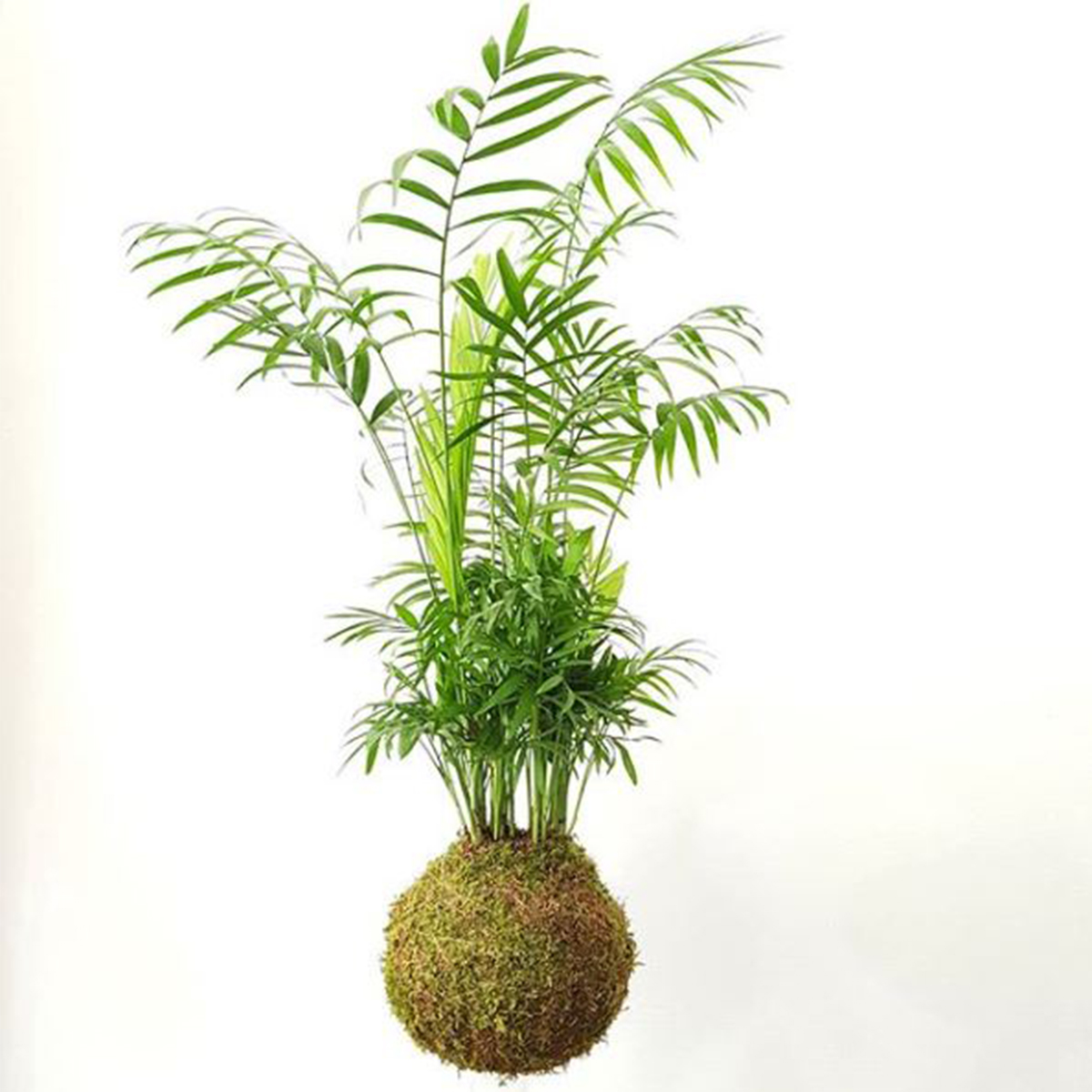

5. Anthurium Andraeanum
The anthurium genus contains hundreds of tropical plant species, often admired as houseplants for their bright, nearly year-round flowers. Anthurium is native to the tropical rain forests of Central and South America. Despite sensitivity to temperature and humidity, anthurium plants are relatively hardy and easy to care for when kept indoors.
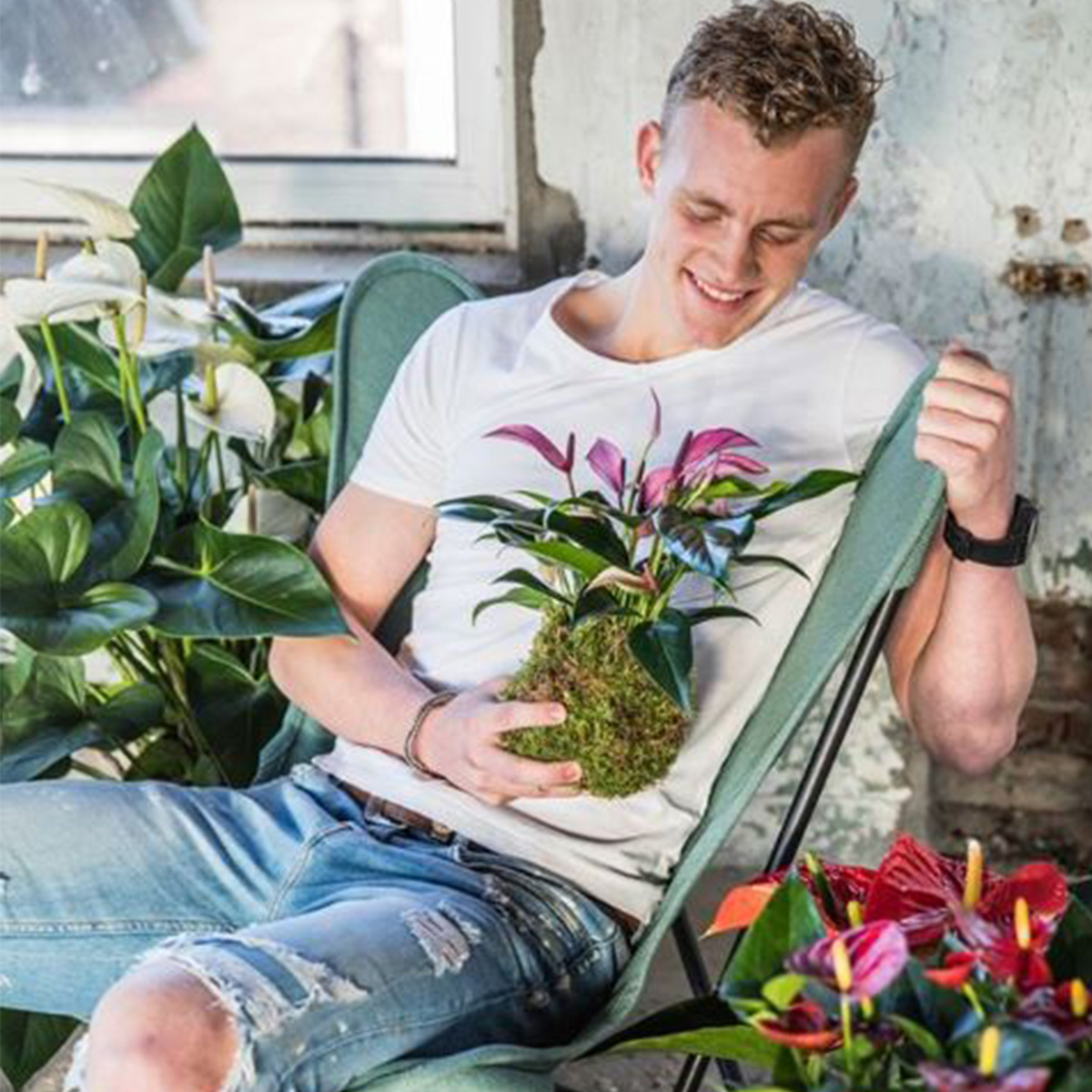
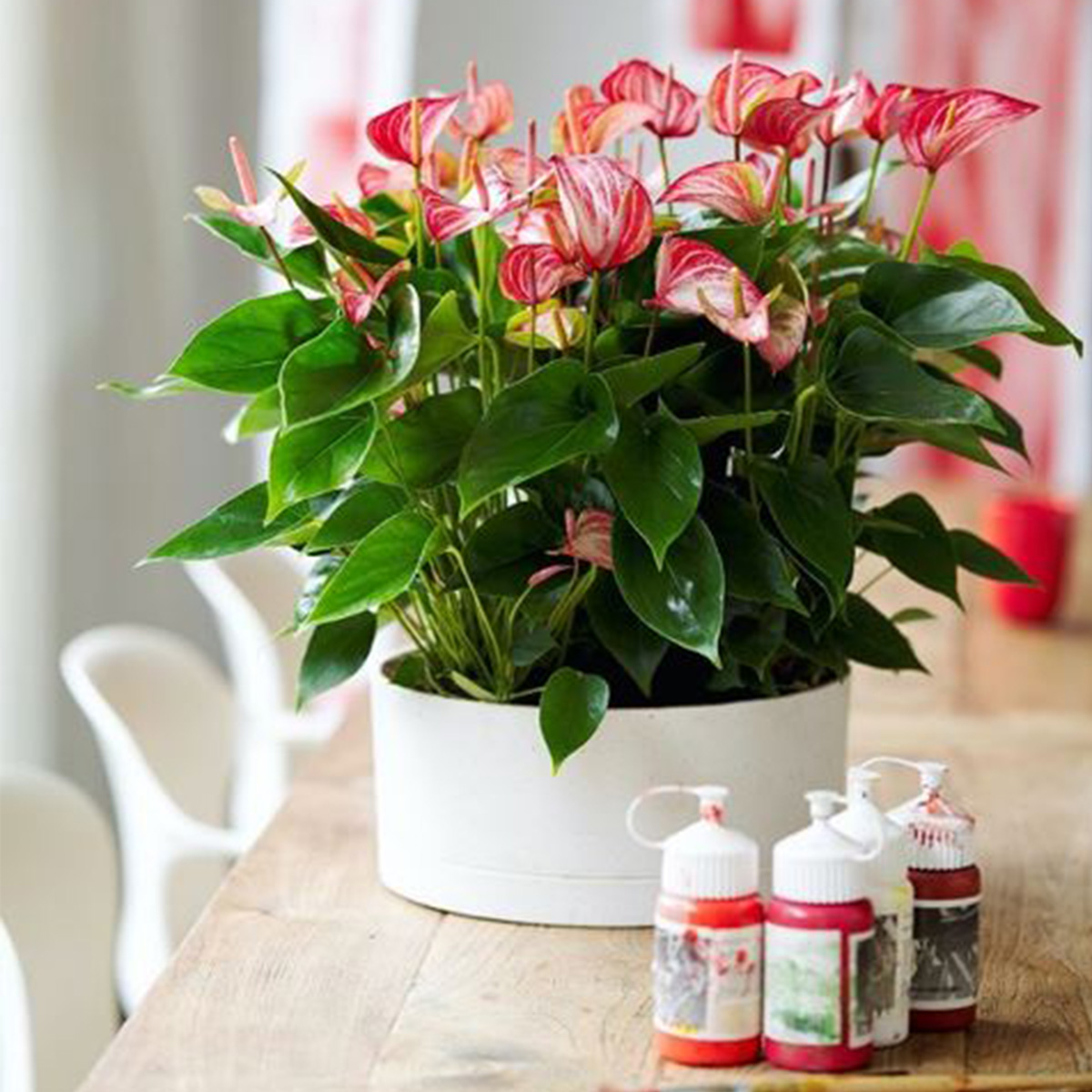
6. Gerbera jamesonii, a.k.a. Barberton daisy
Gerbera daisies are plants with bright, large, and colorful flowers with a large central eye. They are a great addition to any garden or home. They come in a variety of colors including purple, pink, cream, and red.
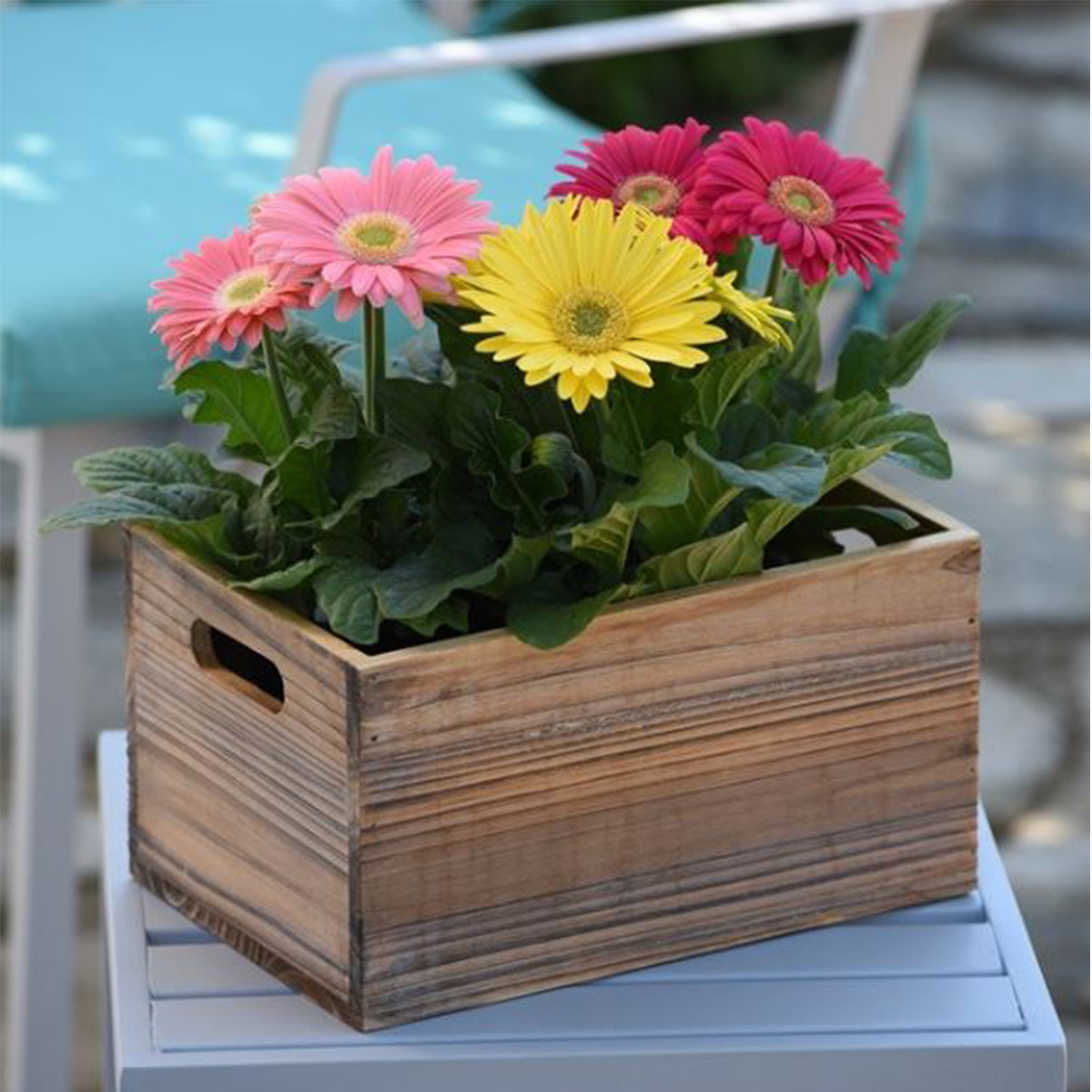
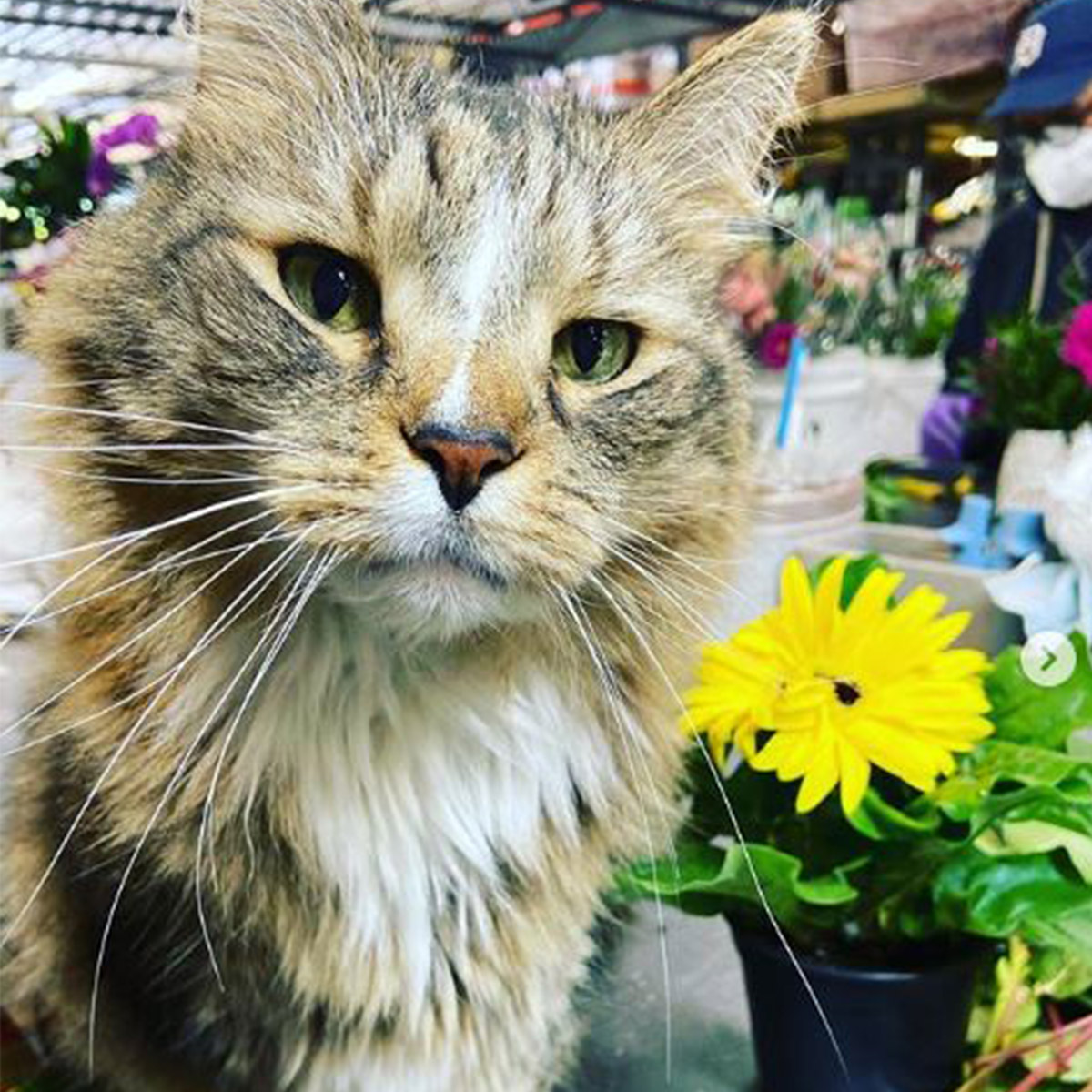
7. Sansevieria, a.k.a. Snake plant, a.k.a. mother-in-law’s tongue
Sansevieria is a hardy plant with long, broad leaves. Because of their adaptability and tolerance, they’re often used as houseplants. Their broad leaves soak up toxins and carbon dioxide and produce oxygen to help purify the air in the room. Though they are tough, they do need some care in order to stay healthy. If you choose a healthy plant, set up the right environment, and maintain it properly, your sansevieria will have a long and healthy life. There are many different varieties of sanseveria.
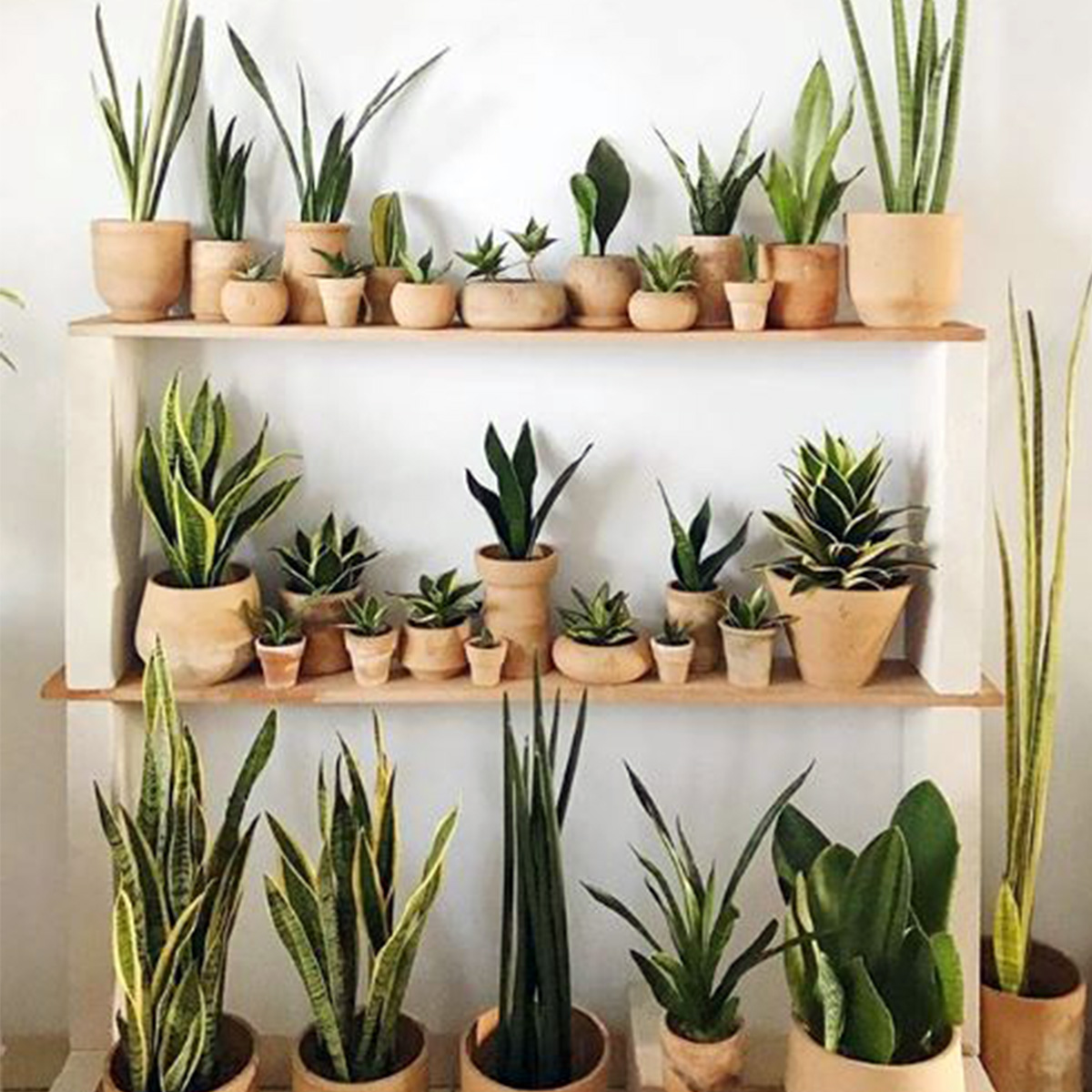

8. Dracaena (fragrans, marginata, deremensis)
There are over 40 types of dracaena species. They are hardy houseplants with a lush, tropical appearance, and strap-shaped leaves. They’re attractive, easy to maintain, and can tolerate low light conditions, which makes them popular indoor plants in homes and offices. Thriving dracaena plants can grow up to 10 feet (3.0 m) tall, but you can easily control their height with a bit of pruning. Be sure to repot your dracaena each spring to give it plenty of growing room.
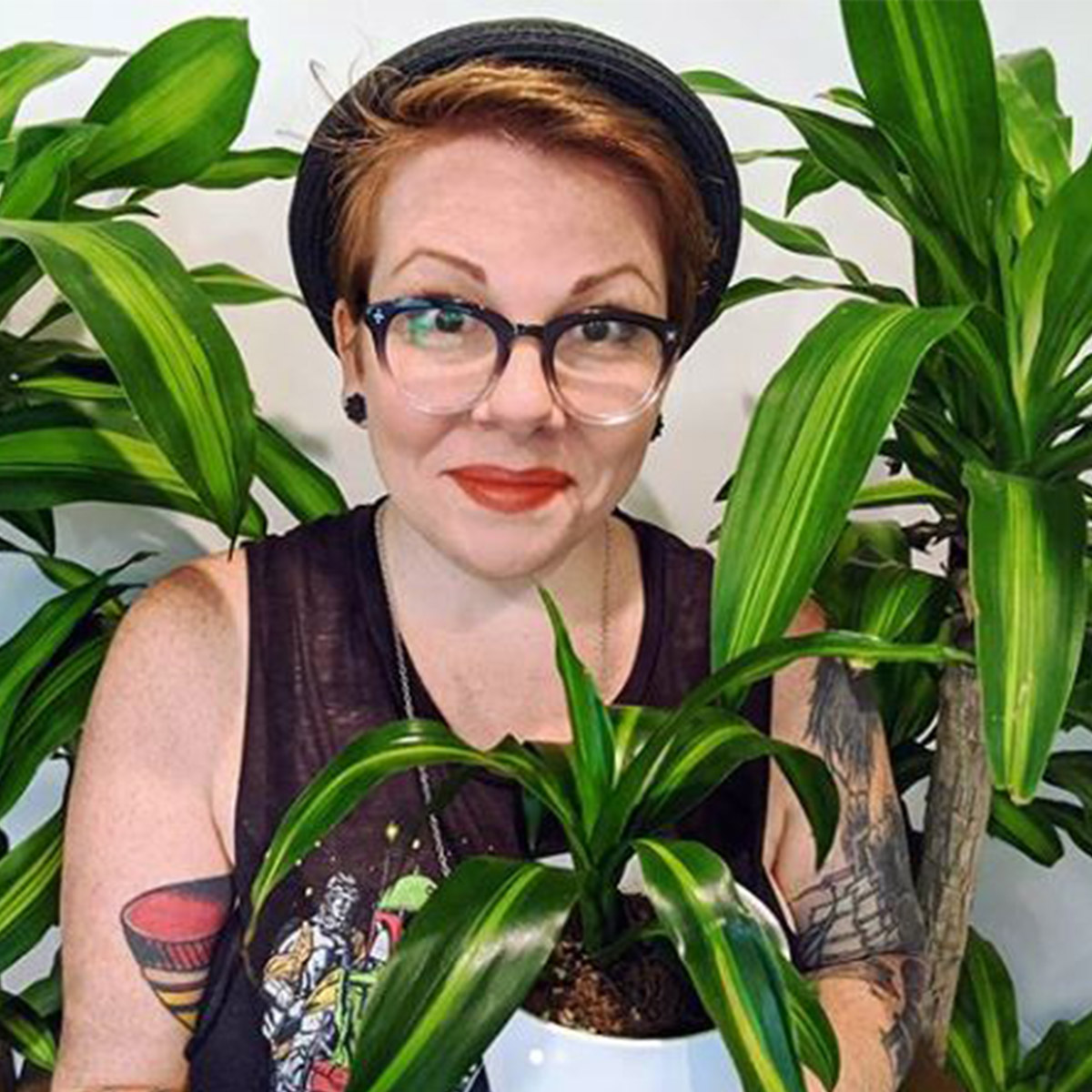

9. Epipremnum aureum, a.k.a., devil’s ivy, a.k.a. pothos plant
As in so many lists, also here you can find the Pothos plant. This is a very durable specimen of the Epipremnum genus. Pothos plants are also called devil’s ivy, golden pothos, hunter’s robe, ivy arum, money plant, silver vine, Solomon Islands ivy, and taro vine, or incorrectly called a Philodendron. The pothos is also mentioned in The Best 12 Plants That Give Good Luck and Fortune, 35 Best Indoor Plants That Clean the Air and Remove Toxins, The Best Houseplants of 2022 for in the Shade or a Dark Room, and 15 Air-Purifying Plants for 2022 Will Give Your Home a Breath of Fresh Air.
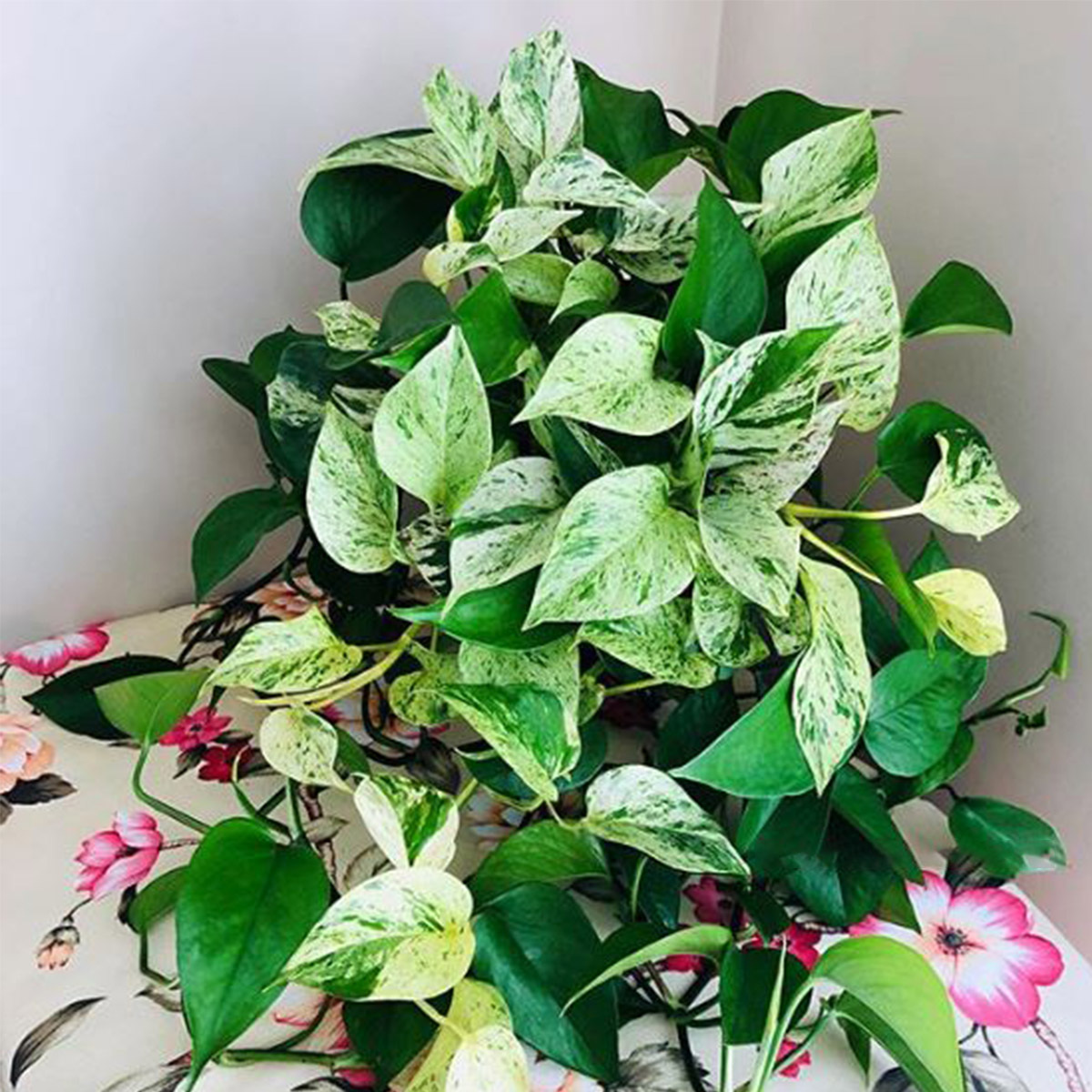
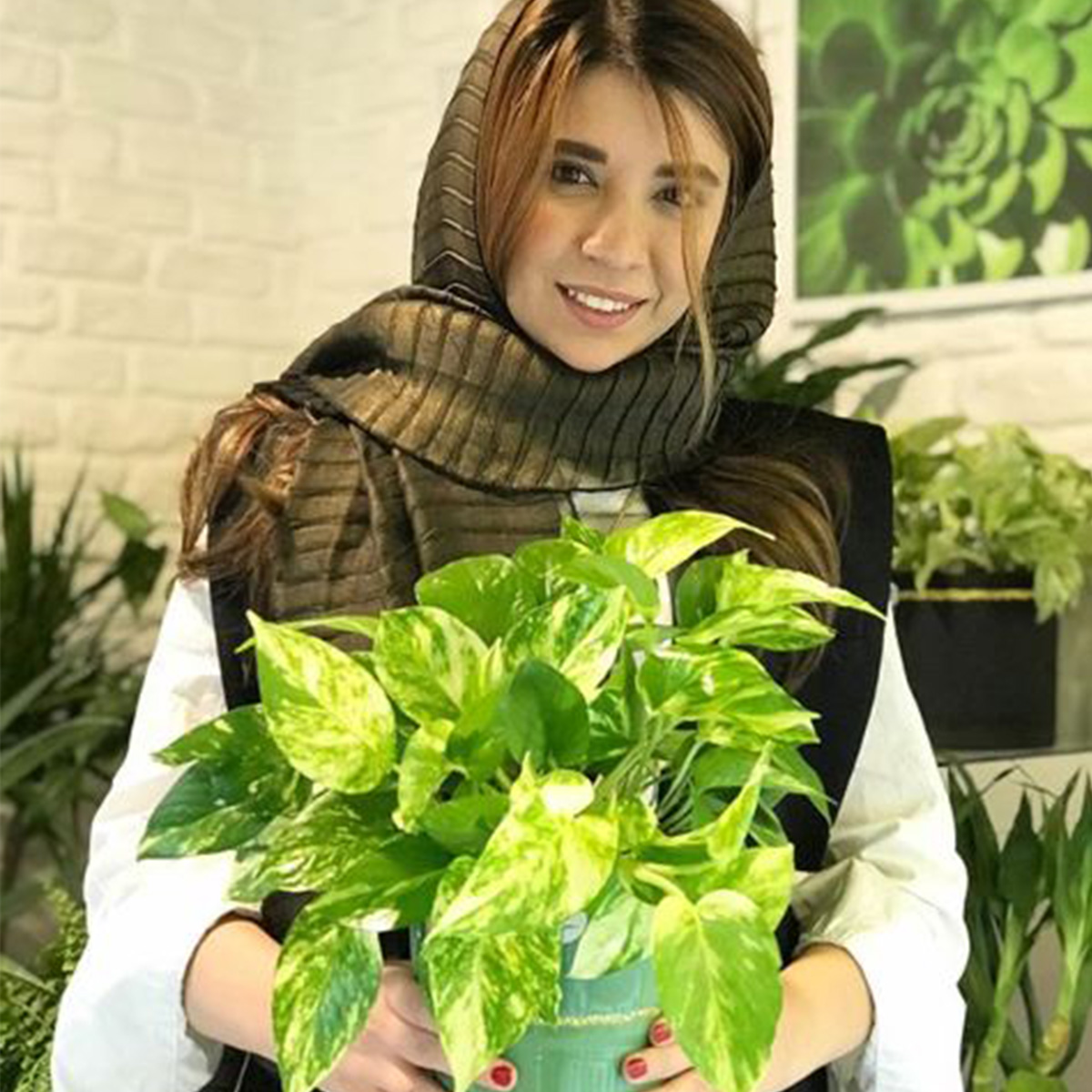
10. Hedera helix, a.k.a. English Ivy
English ivy is a hardy vine that grows rapidly in warm climates. Although English ivy is actually considered an invasive species in some regions, it is a popular choice for ground cover, or to grow up a wall, trellis, or other structure. English ivy can be grown in the ground or in containers, indoors or outdoors, and can survive in shade, partial shade, or full sun.
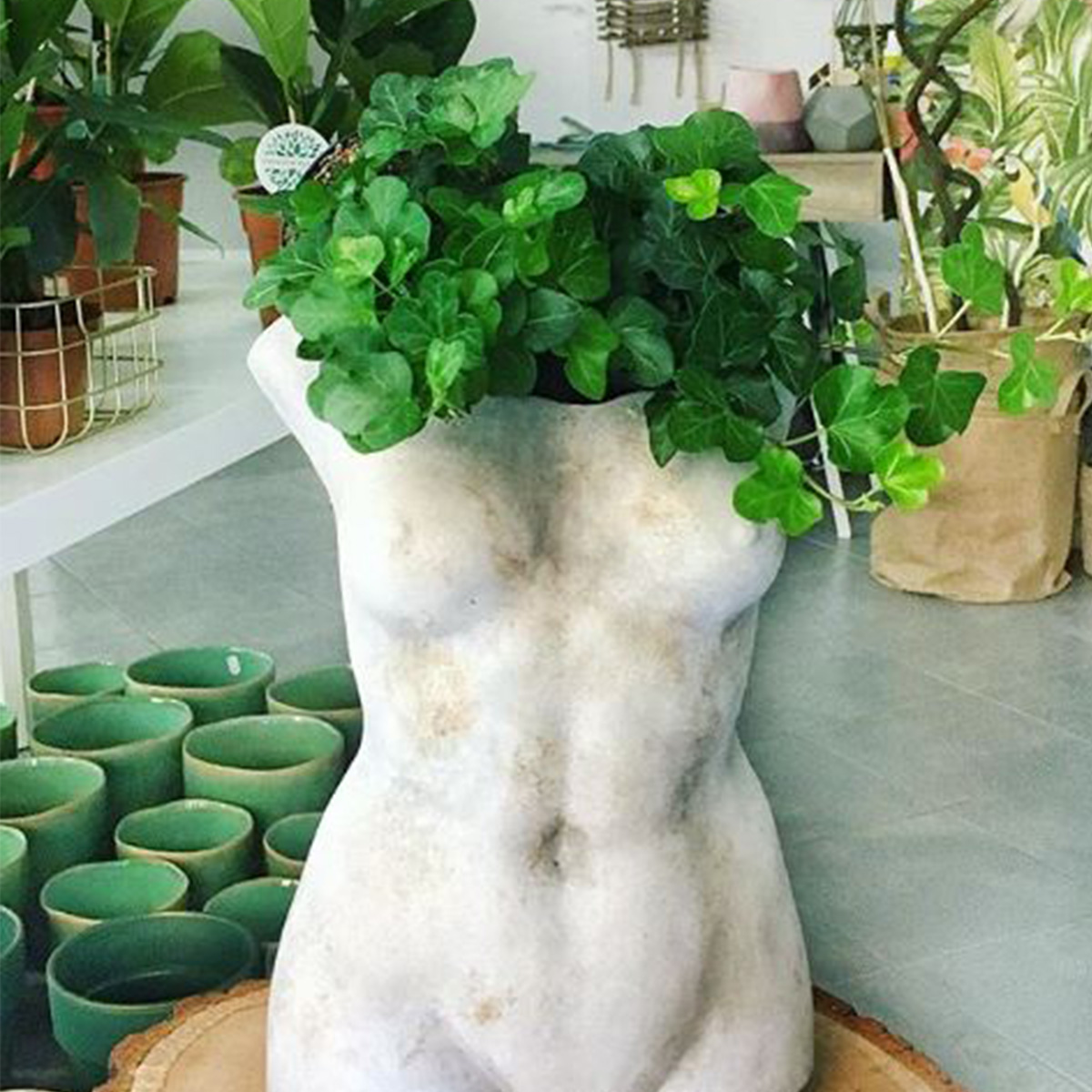
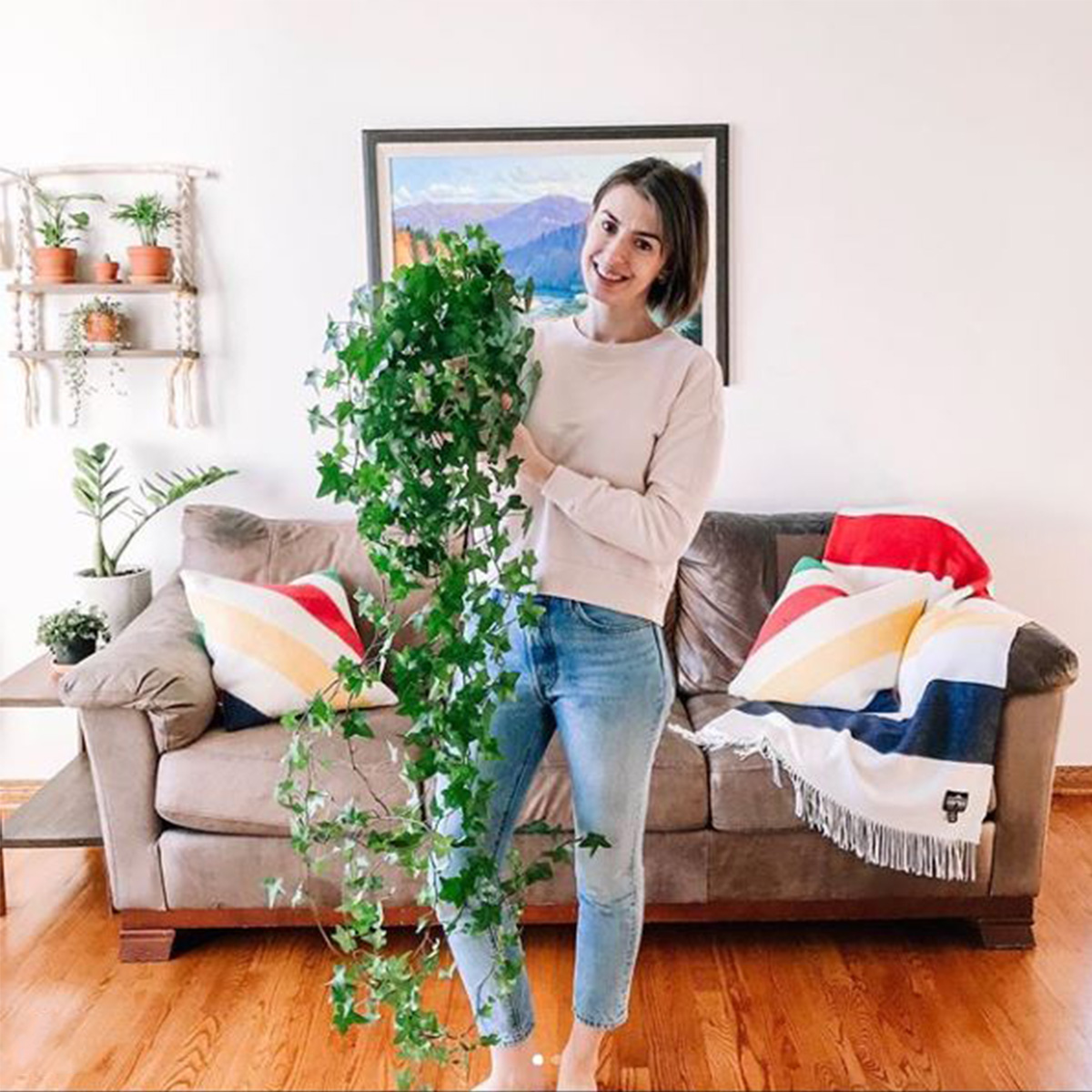
Big Leafs, Big Cleaning
In general, a conclusion can be that the bigger the leaf and the more leaves on the plant, the better the purifying. Bill Wolverton, a former NASA research scientist who conducted that 1989 plant study: “The amount of leaf surface area influences the rate of air purification.”
[ad_2]
Originally Appeared Here